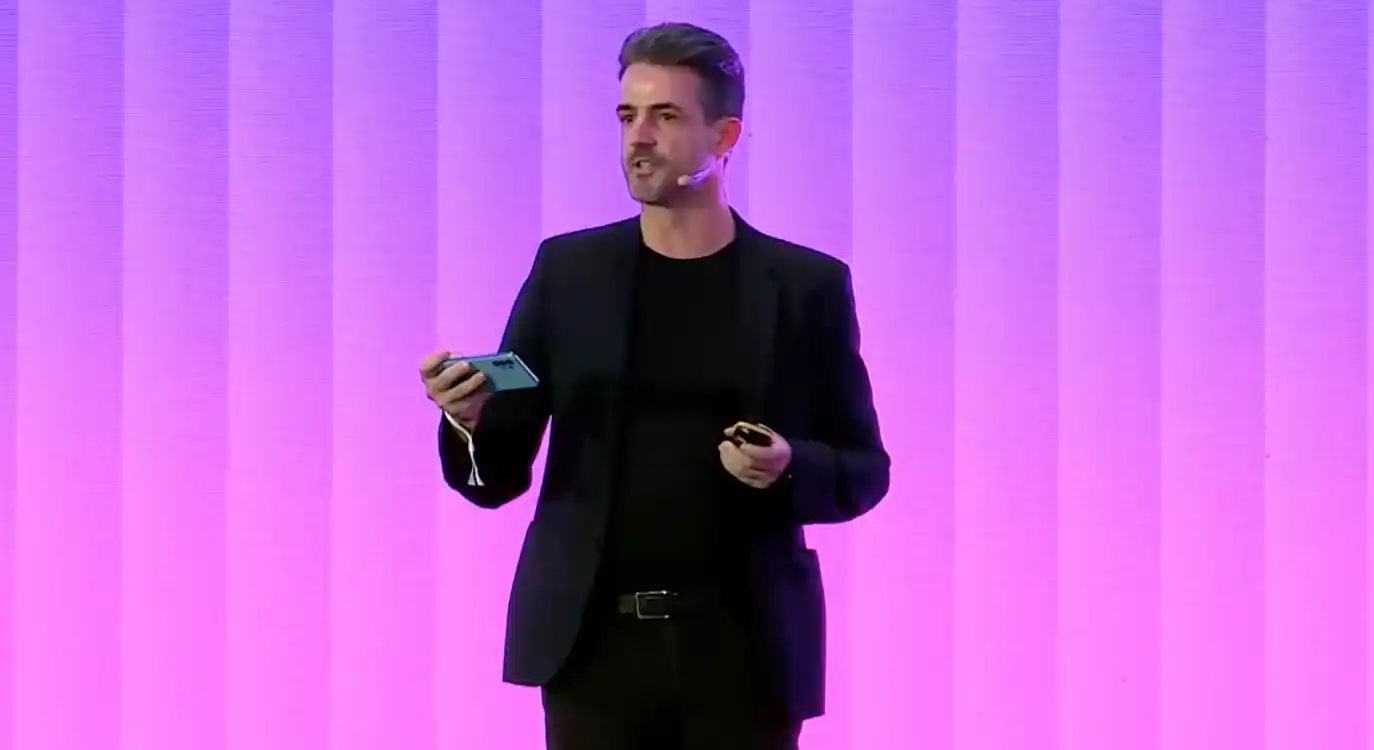
The Future of Frontend: What 2025 Taught Us About Building for Tomorrow

Every year brings predictions about the death of JavaScript, the next framework to rule them all, or some paradigm shift that will make everything we know obsolete. Most years, these predictions age poorly. But 2025 has genuinely delivered on several fronts—while also exposing some overhyped trends for what they really are.
Server Components: The Quiet Revolution
React Server Components have moved from experimental curiosity to production reality. The promise—render components on the server, ship zero JavaScript for static content, stream dynamic parts—is finally delivering measurable performance gains. More importantly, the mental model is clicking for teams.
The key insight: server components aren't about replacing client-side React, they're about using the right tool for each job. Static navigation? Server. Interactive forms? Client. The frameworks that make this decision natural, rather than forcing developers to constantly think about it, are winning.
AI-Assisted Development: Beyond the Hype
The AI coding assistant space has matured dramatically. Early tools that generated plausible-looking but subtly wrong code have evolved into genuine productivity multipliers—when used correctly. The key is understanding what AI excels at (boilerplate, patterns, translations) versus where human judgment remains essential (architecture, edge cases, user empathy).
The most effective teams treat AI as a junior developer with infinite patience and zero ego. They review its output carefully, use it to accelerate tedious tasks, and never blindly trust generated code in critical paths. This pragmatic approach yields 30-50% productivity gains without sacrificing quality.
The Framework Convergence
Perhaps the most interesting trend is convergence. React, Vue, Svelte, and Solid are all trending toward similar solutions: fine-grained reactivity, server-first rendering, and TypeScript as the default. The differences that sparked flame wars are fading into implementation details.
For teams choosing technologies today, this convergence is liberating. Pick based on ecosystem, team familiarity, and specific project needs—not ideology. The fundamentals transfer increasingly well between frameworks.
Ready to improve your blockchain UX?
Let's discuss how we can help you create intuitive experiences for your Web3 product.
Schedule a consultation

